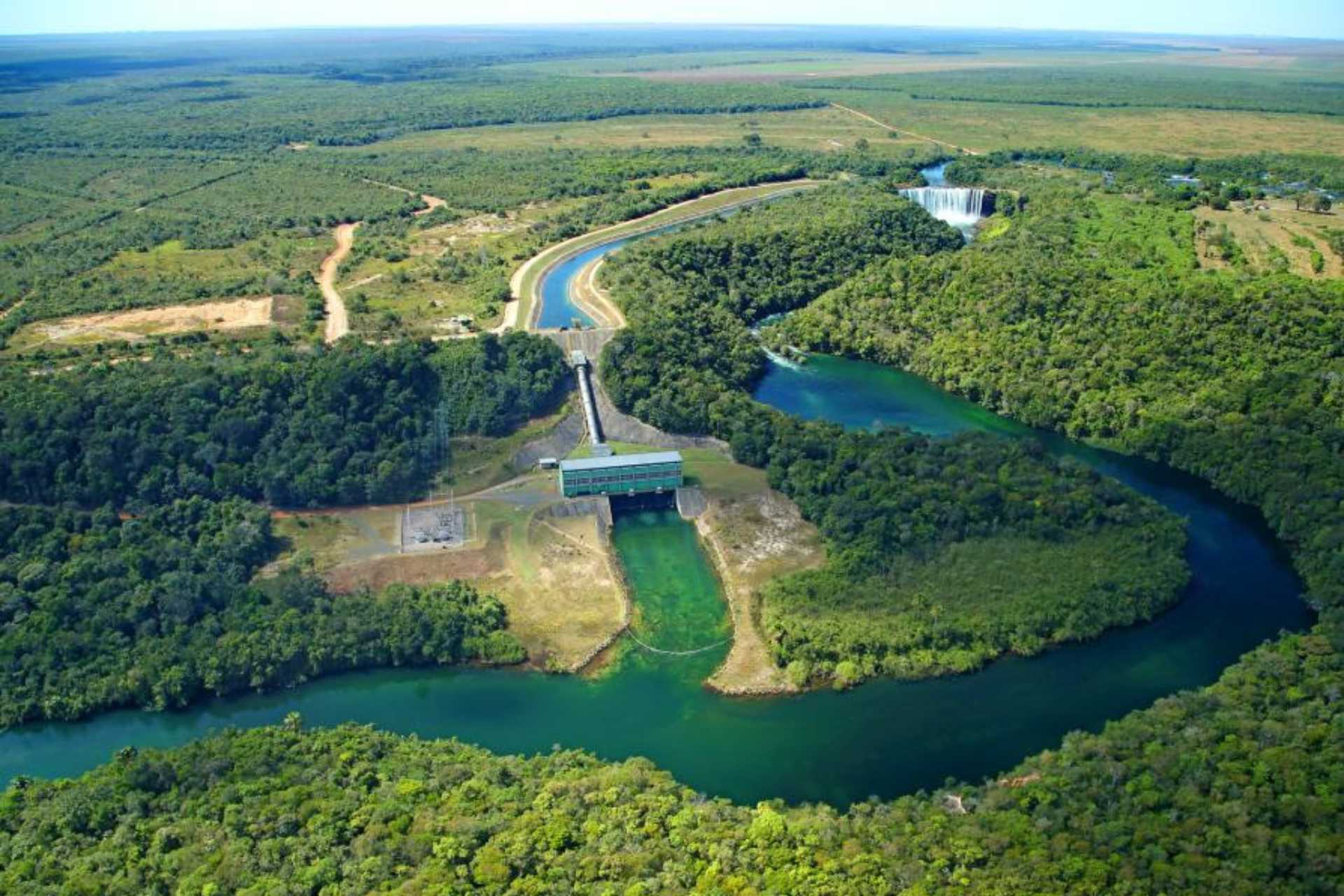
Get the latest climate technology news directly to your inbox.
DOE goes big on grid modernization
The grid’s new $3.5 billion pot will support energy storage, new transmission lines, and microgrid deployment.

Photo credit: Department of Energy

Photo credit: Department of Energy
The Biden administration will invest $3.46 billion in the US electricity grid across 58 projects, the Department of Energy said Wednesday. They will be focused on resilience and reliability in cases of extreme weather and other strains.
The funding, which represents the federal government’s largest ever investment in the grid, is aimed at alleviating a bottleneck in the administration’s goal of 100% clean electricity by 2035: not enough transmission capacity.
Projects in 44 states will ultimately help add 35 gigawatts of renewable energy to the grid, DOE said, as well as hundreds of microgrids. The funding is part of a broader $10.5 billion Grid Resilience and Innovation Partnerships Program created by the infrastructure law passed in 2021.
Projects selected for award negotiations include both state and intra-state efforts:
- Minnesota, for example, is expected to receive up to $464 million to coordinate and construct five transmission projects to “unlock” 30 gigawatts of new energy generation.
- Meanwhile, Georgia will be granted up to $249 million for a project that will deploy moderate and large-scale battery storage, and build 80 miles of new transmission lines across the state.
- Louisiana will receive around $249 million to support the deployment of “Community Resilience Hubs” powered by utility-owned distributed energy resource microgrids, which will be able to disconnect from the grid in the event of natural disasters.
In March, DOE released a draft report suggesting that today’s transmission system will need to grow by 57% to meet expected electricity needs by 2035. According to a report released this week by the International Energy Agency, the country has made just a 3% expansion in transmission capacity in the last decade.
But of course, it’s not just a national problem. Electricity grids worldwide are at risk of being the “weak link” of the energy transition, the IEA report concluded. Meeting national climate goals will require doubling the size of the current global grid by 2040, the report said, by replacing or adding 80 million kilometers of lines.
“New technologies and practices, such as increased battery storage and the development of microgrids, can act as alternatives to traditional infrastructure buildout in some cases,” IEA said. “But we need new poles and wires too.”
According to the report, the biggest barriers to grid development in the United States are related to “public acceptance of new projects and the need for regulatory reform.” (And that’s also the case in Europe, Chile, and Japan.)
“Policy makers can speed up progress on grids by enhancing planning, ensuring regulatory risk assessments allow for anticipatory investments and streamlining administrative processes,” the report said.





